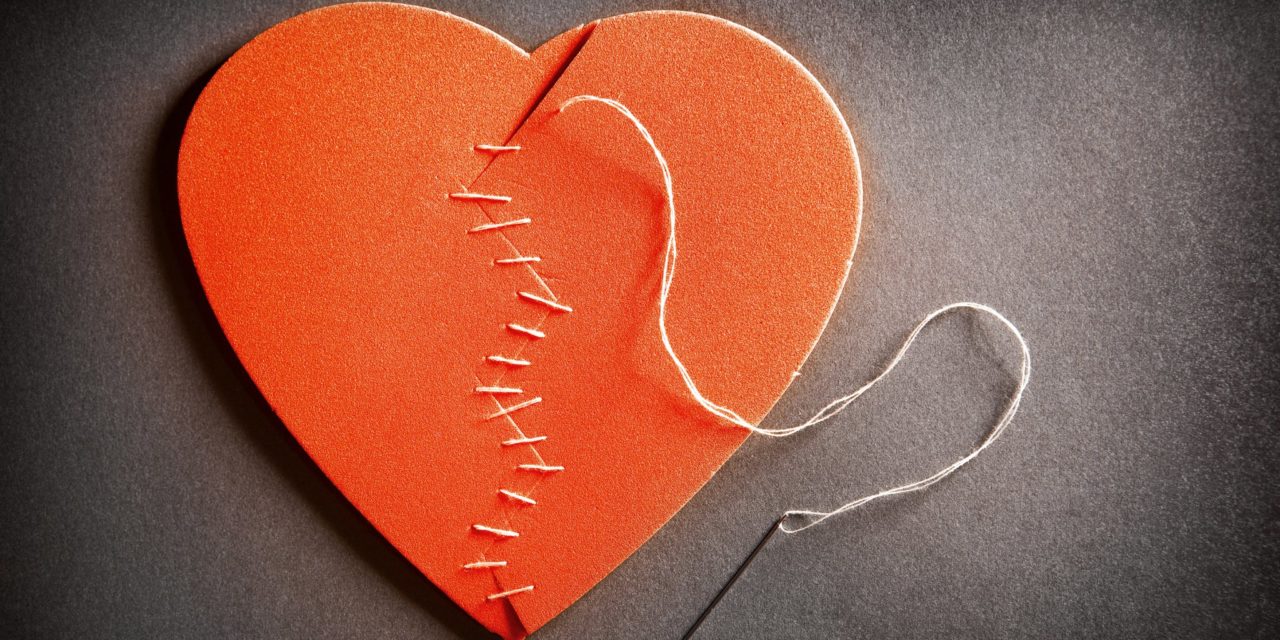 BY Pradeep K. Pramanik, M.D., UTMB Family Medicine
BY Pradeep K. Pramanik, M.D., UTMB Family Medicine
Sweat glistens across his brow as he searches for his words. He is drenched in a downpour of errant thoughts. He came to our clinic in a panic, understandably. In the past year, he lost a loved one, fought moral battles in the workplace, and was diagnosed with new medical problems. Then, he uttered words commonly spoken in the clinic: “I started worrying about one thing and it spiraled out of control. I just can’t stop all these negative thoughts!”
As a clinician, what treatment options are worth offering to someone suffering from acute emotional pain? There are an abundance of mind-body interventions, which are well suited for this task. Today, let us investigate Energy Psychology as a useful tool in your Emotional First Aid kit.
Energy Psychology (EP) is a practical first-line response to patients suffering from acute emotional emergencies. A detailed video can be found at following link: http://www.taoofhealing.com/patient-care/self-care/. First, one teaches the patient to activate four meridian points on the body derived from Traditional Chinese Medicine. In TCM, the points are known as LI-4 (Hegu, “Union Valley”), CV-15 (Jiu Wei – “Turtledove Tail”), KI-12 (Da Hi – “Great Manifestation”), and BL-54 (Zhibian – “Lowermost Edge”). Grossly, these points reside in the thenar eminences of the hands bilaterally, the sternal-xiphoid junction, the lower abdomen, and the lower back. These points are best activated by deep undulating or circular pressure. Simultaneously, the patient is taught to rehearse statements of acceptance and self-compassion during the physical practice. For example, one might recite the following: “Even though I have [this problem], I deeply love and accept myself” or “Even though I [am hurting], I attract love and compassion into my heart.” The simplicity of this intervention fits well within a clinical encounter. In total, the process takes ~5 to 15 minutes, but it may be continued as long as the patient wishes. In published studies investigating EP, sessions typically lasted 20 minutes (Rakel, 2018).
Energy psychology has been used to effectively treat U.S. combat veterans and survivors of the Rwandan genocide. In a randomized controlled trial evaluating EP, 85% of combat veterans in the treatment group experienced improvement in depressive and flashback symptoms and no longer met cutoff scores for PTSD. These changes were sustained at 6-month follow ups. In a 2006 study, the Trauma Relief Committee utilized EP to treat 50 children of the El Shadai orphanage suffering from PTSD. It was common for these children to have witnessed the death of their families and, subsequently, many suffered from post-traumatic responses years later. After three twenty-minute sessions of EP, 94% of children had reduction in somatic and mood symptoms. They no longer met cutoff scores diagnostic of PTSD and these changes were sustained at one year follow ups (Rakel, 2018).
The mechanism of action of EP has been theorized as an “accelerated exposure therapy,” where a parasympathetic response is activated and stress hormones are down-regulated in response to a previously traumatic stimulus. Functional MRI studies reveal that these specific meridian points modulate the limbic system’s response to given stimuli. From the field of neuroplasticity, we learn that the consistent rehearsal of new thought content and behaviors can foster the growth of novel neural architecture in individuals, even in later stages of life. The frontal lobe, like a conductor, looks out upon the symphony of the brain and calls upon different neural networks, weaving them together to create a new mind, a new personality, and a new personal reality. When subjects believe their own thought content influences their health, they let go of repetitions of the past and begin to enact a future they want for themselves (Feinstein, 2012).
When taking care of others, take time to decide what you would like to pack into your Emotional First Aid Kit. Since EP is an effective, affordable intervention that attempts to the heal the patient without re-traumatizing them, it bears consideration as a first line tool for clinicians. Mind-body therapies also include a variety of practices including biofeedback, visualization, hypnosis, yoga, nature-walks, journaling, etc.. Becoming more familiar with a variety of modalities will enable you to better tailor a plan to an individual patient.
References
Rakel, David. “Energy Psychology.” Integrative medicine. 4th ed. Philadelphia, PA: Elsevier. 2018: 971-977.
Feinstein D.: Acupoint stimulation in treating psychological disorders: evidence of efficacy. Rev Gen Psychol 2012; 16: pp. 364-380


